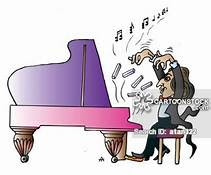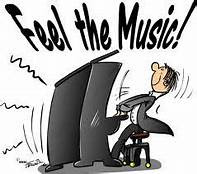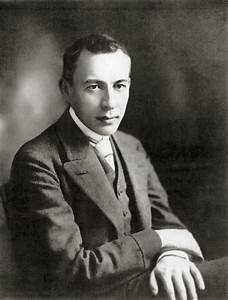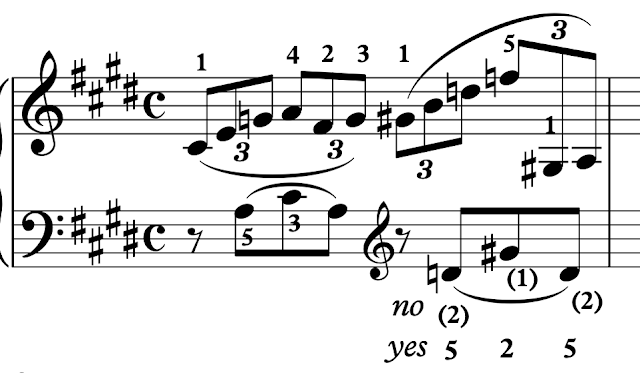A Teacher writes: Would you encourage a
talented 9-year old to practice the piano for 6 1/2 hours a day? What dangers do you anticipate, if any?
I respond: My first question would be: Of what does this "practice" consist? Every student is different, of course, but this 9-year-old may be over doing it. Try making out a plan with him. For example: He could start his practice with the newest
piece/concept or memorization while his mind is fresh. Then move on to something that is already underway, trying to move it to the next level. Next, practice performing something that is finished or nearly so, especially if a performance is coming up. This should feel like a performance, so no stopping. Save the post mortem for afterward. Then, if something needs to be fixed, make the local repairs and, if you like, play the entire piece again as a performance, but under tempo, leaving every passage feeling under control. For desert, some sight-reading of unexplored material that may be in his future. (I used to think of sight-reading as desert.)
 The danger of setting an arbitrary amount of time for "practicing" may result in rote playing, that is, forgetting to keep the mind engaged at all times. This is the roadmap for future "memory slips" and possible technical misunderstandings. I don't know of any adult who can really focus for such a long period of time, even with coffee breaks and lunch with a walk in the park. This used to be my plan when I was at the conservatory in Berlin, where there were many tempting parks. But my day at the piano was at most five hours. For such a young person, 2-3 hours of work should be more than enough, especially since there probably are—and should be—many other demands on his time.
The danger of setting an arbitrary amount of time for "practicing" may result in rote playing, that is, forgetting to keep the mind engaged at all times. This is the roadmap for future "memory slips" and possible technical misunderstandings. I don't know of any adult who can really focus for such a long period of time, even with coffee breaks and lunch with a walk in the park. This used to be my plan when I was at the conservatory in Berlin, where there were many tempting parks. But my day at the piano was at most five hours. For such a young person, 2-3 hours of work should be more than enough, especially since there probably are—and should be—many other demands on his time.
For the record, there is a difference between practicing and playing.
talented 9-year old to practice the piano for 6 1/2 hours a day? What dangers do you anticipate, if any?
I respond: My first question would be: Of what does this "practice" consist? Every student is different, of course, but this 9-year-old may be over doing it. Try making out a plan with him. For example: He could start his practice with the newest
piece/concept or memorization while his mind is fresh. Then move on to something that is already underway, trying to move it to the next level. Next, practice performing something that is finished or nearly so, especially if a performance is coming up. This should feel like a performance, so no stopping. Save the post mortem for afterward. Then, if something needs to be fixed, make the local repairs and, if you like, play the entire piece again as a performance, but under tempo, leaving every passage feeling under control. For desert, some sight-reading of unexplored material that may be in his future. (I used to think of sight-reading as desert.)
 The danger of setting an arbitrary amount of time for "practicing" may result in rote playing, that is, forgetting to keep the mind engaged at all times. This is the roadmap for future "memory slips" and possible technical misunderstandings. I don't know of any adult who can really focus for such a long period of time, even with coffee breaks and lunch with a walk in the park. This used to be my plan when I was at the conservatory in Berlin, where there were many tempting parks. But my day at the piano was at most five hours. For such a young person, 2-3 hours of work should be more than enough, especially since there probably are—and should be—many other demands on his time.
The danger of setting an arbitrary amount of time for "practicing" may result in rote playing, that is, forgetting to keep the mind engaged at all times. This is the roadmap for future "memory slips" and possible technical misunderstandings. I don't know of any adult who can really focus for such a long period of time, even with coffee breaks and lunch with a walk in the park. This used to be my plan when I was at the conservatory in Berlin, where there were many tempting parks. But my day at the piano was at most five hours. For such a young person, 2-3 hours of work should be more than enough, especially since there probably are—and should be—many other demands on his time.For the record, there is a difference between practicing and playing.

















